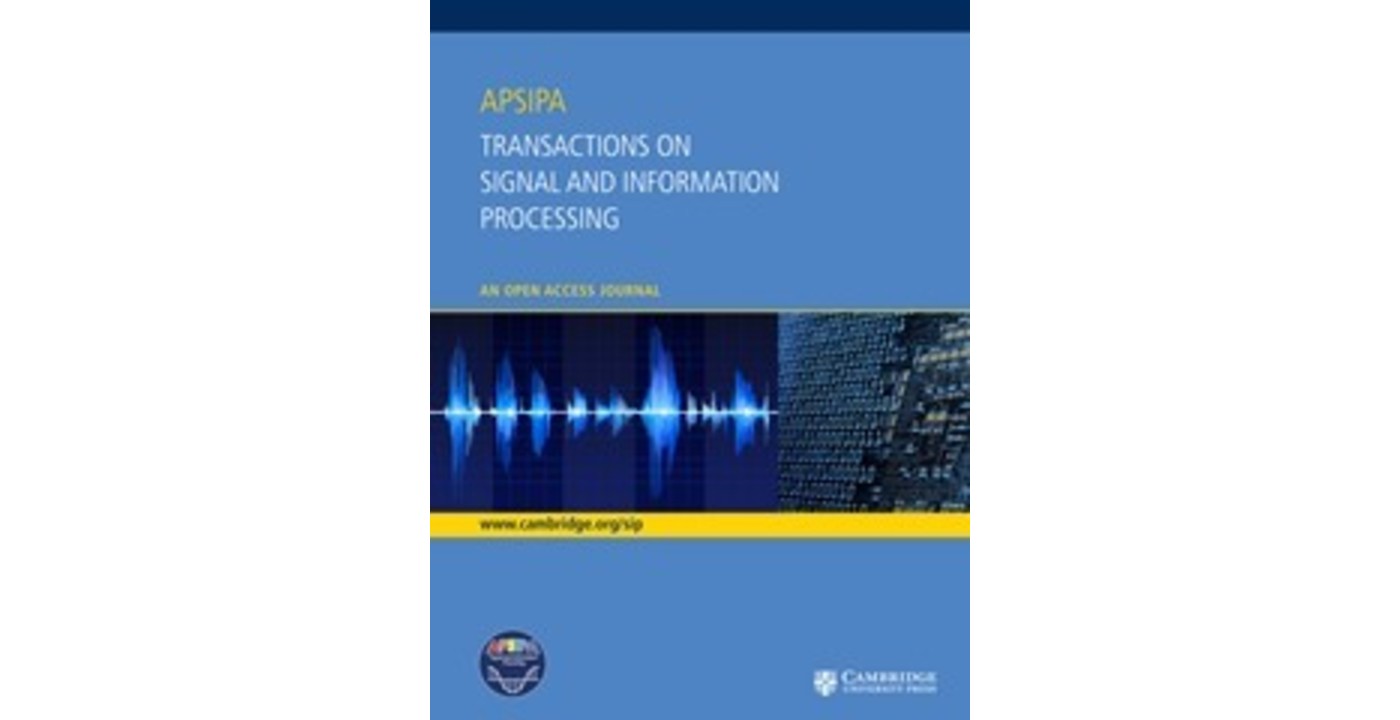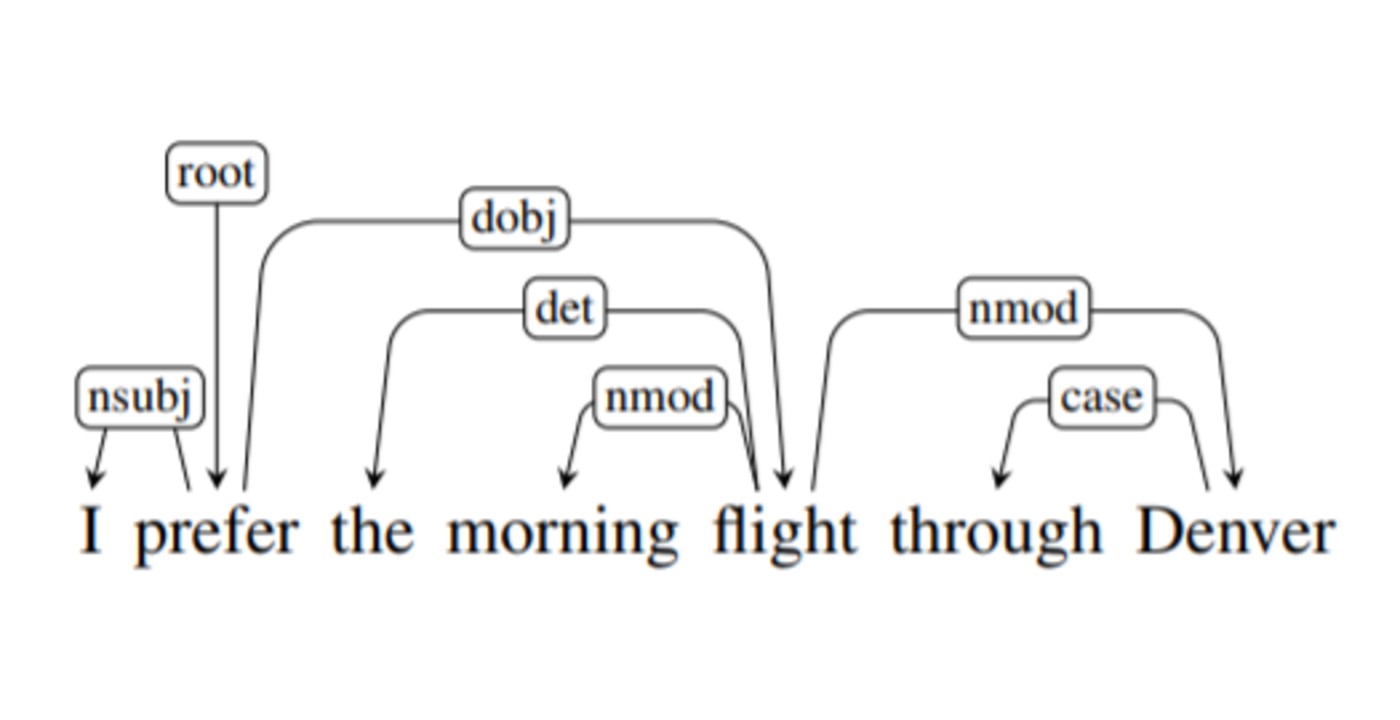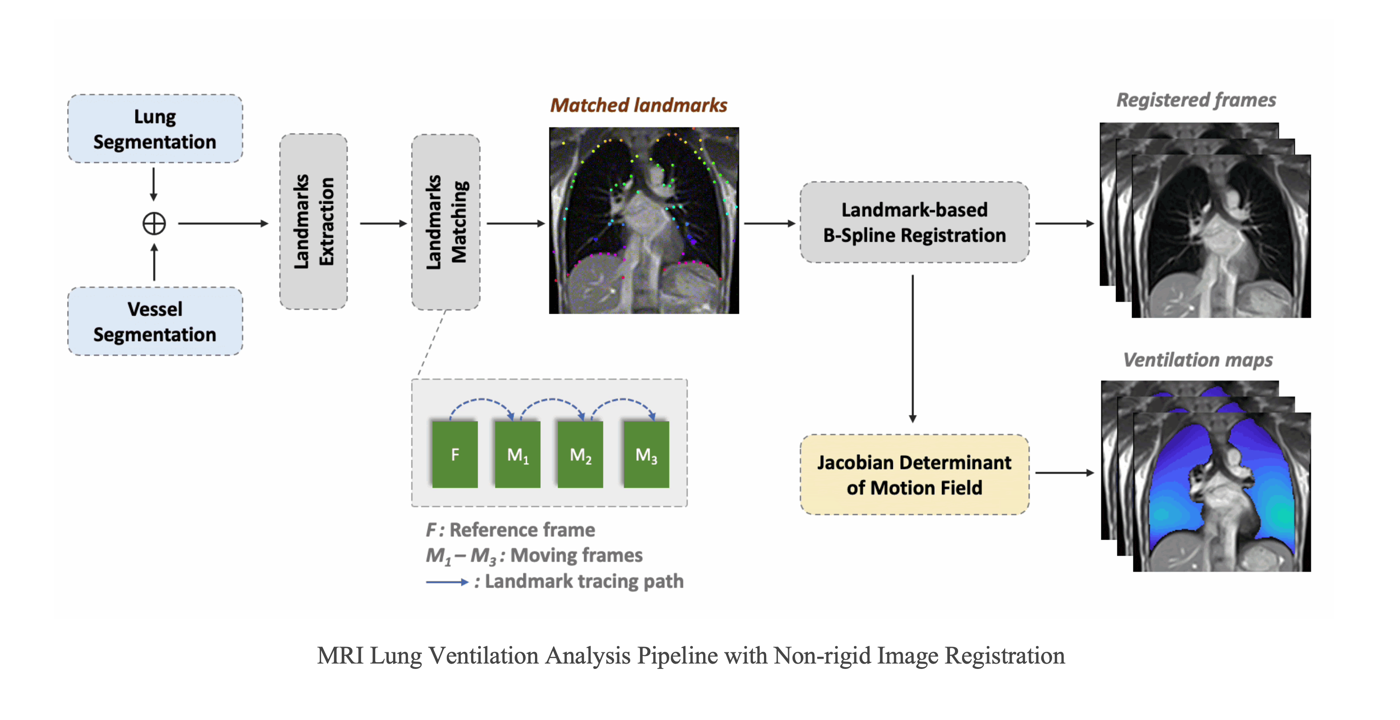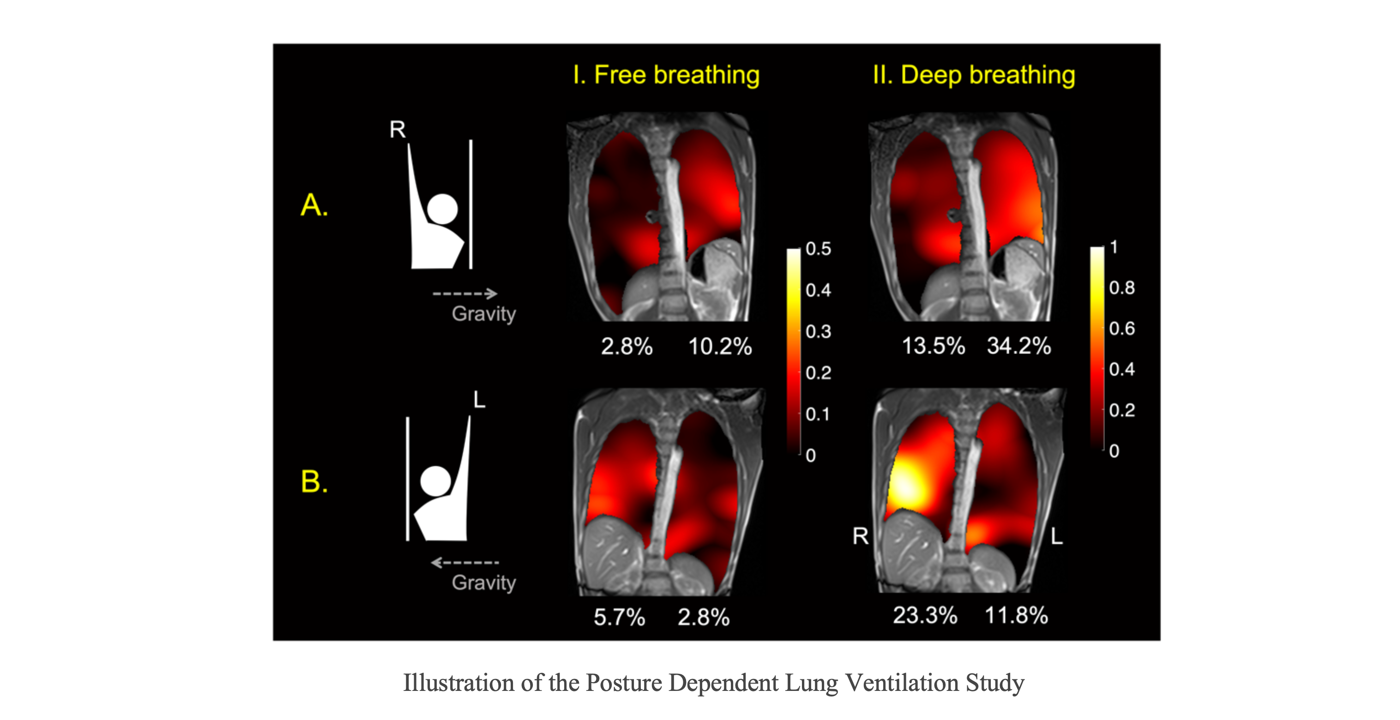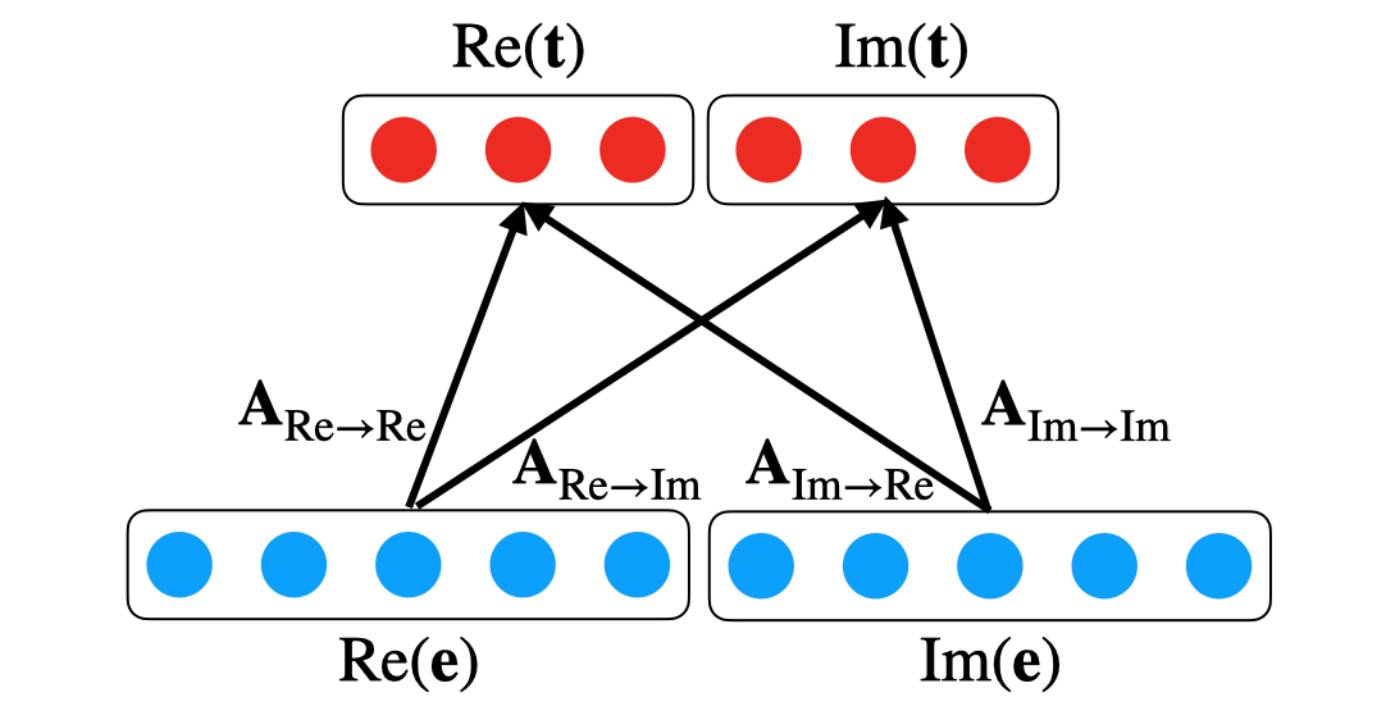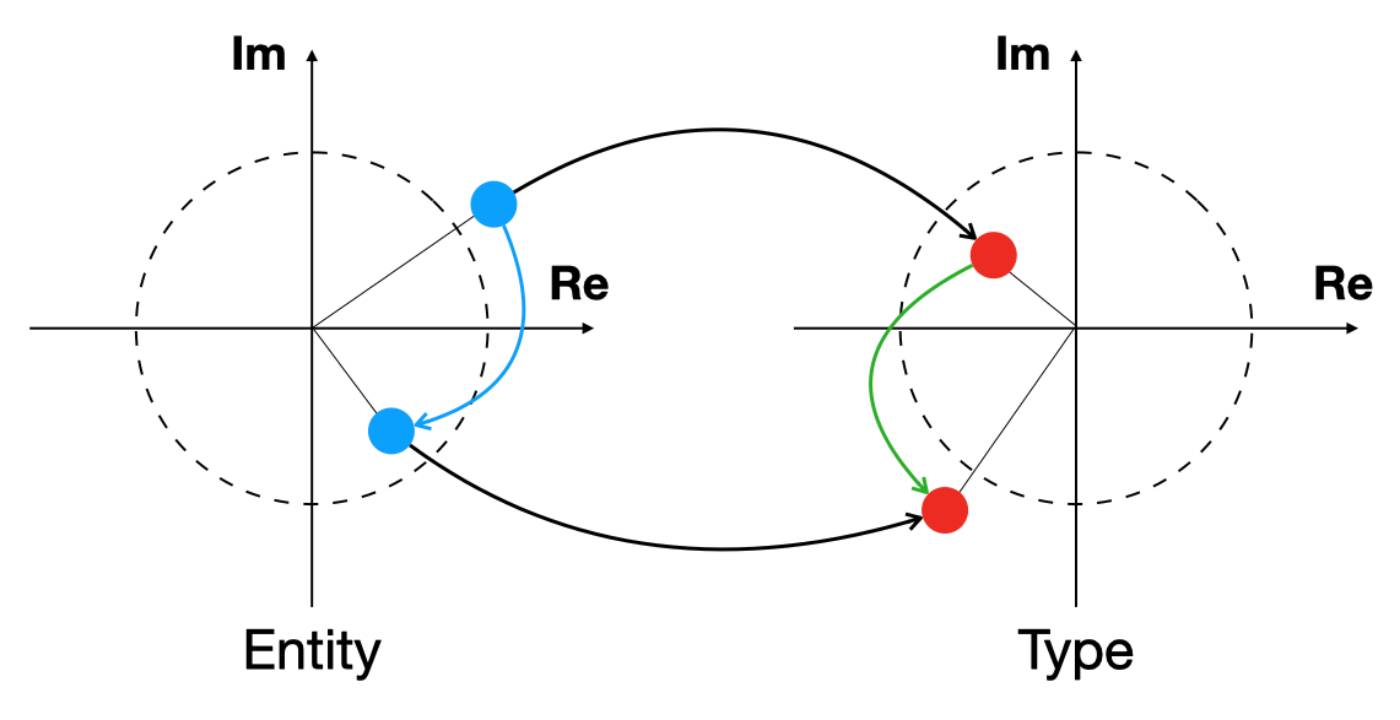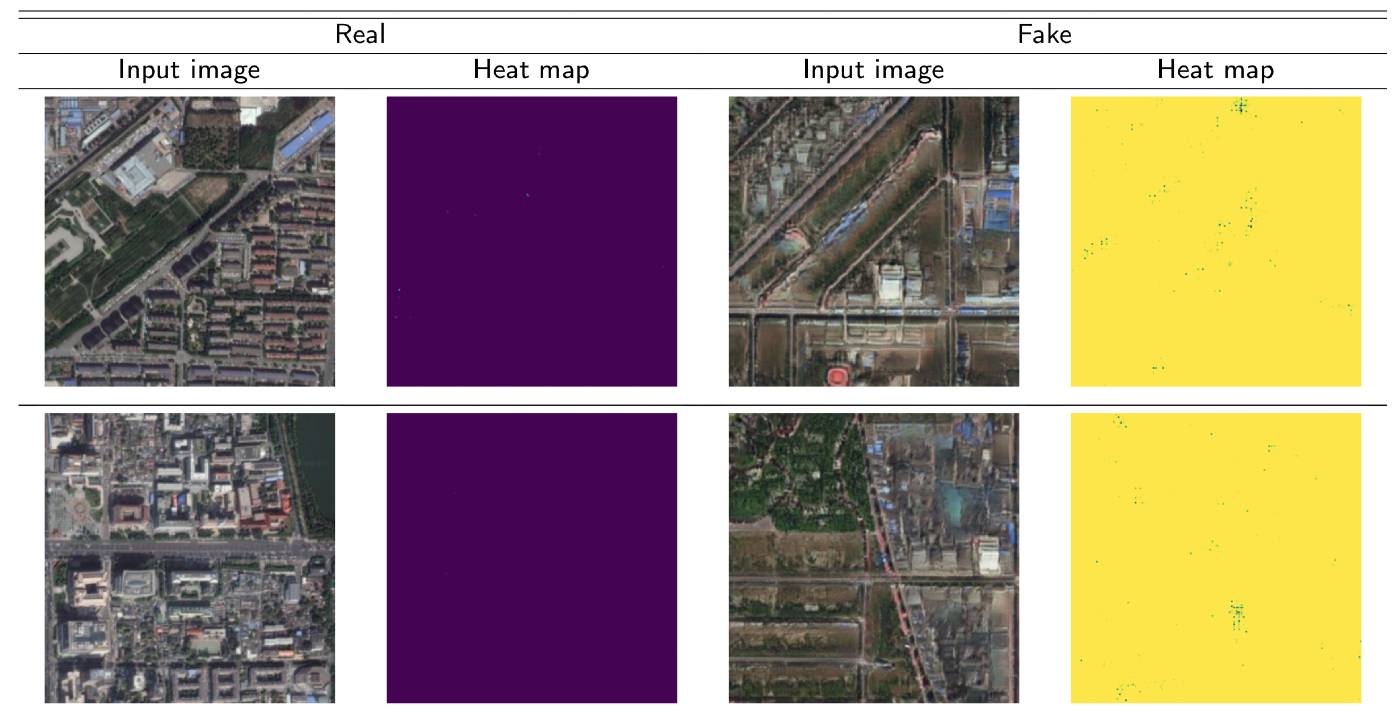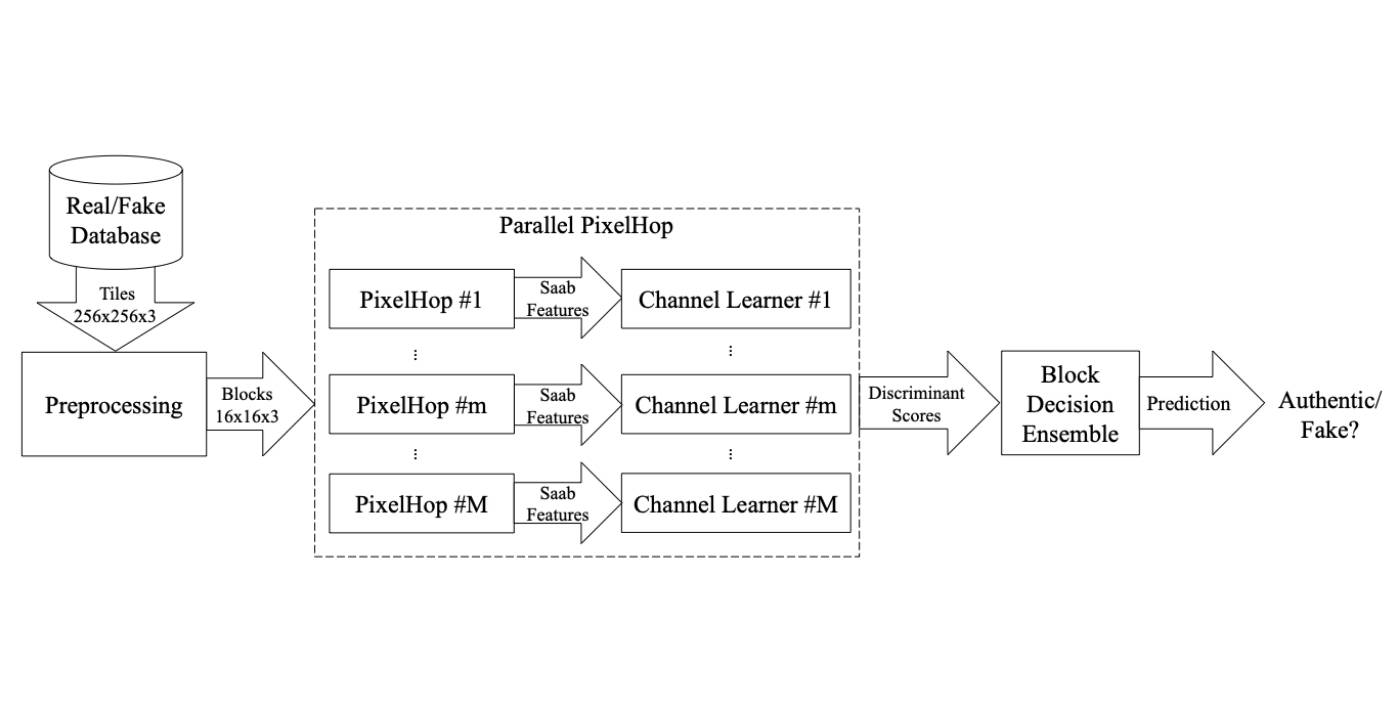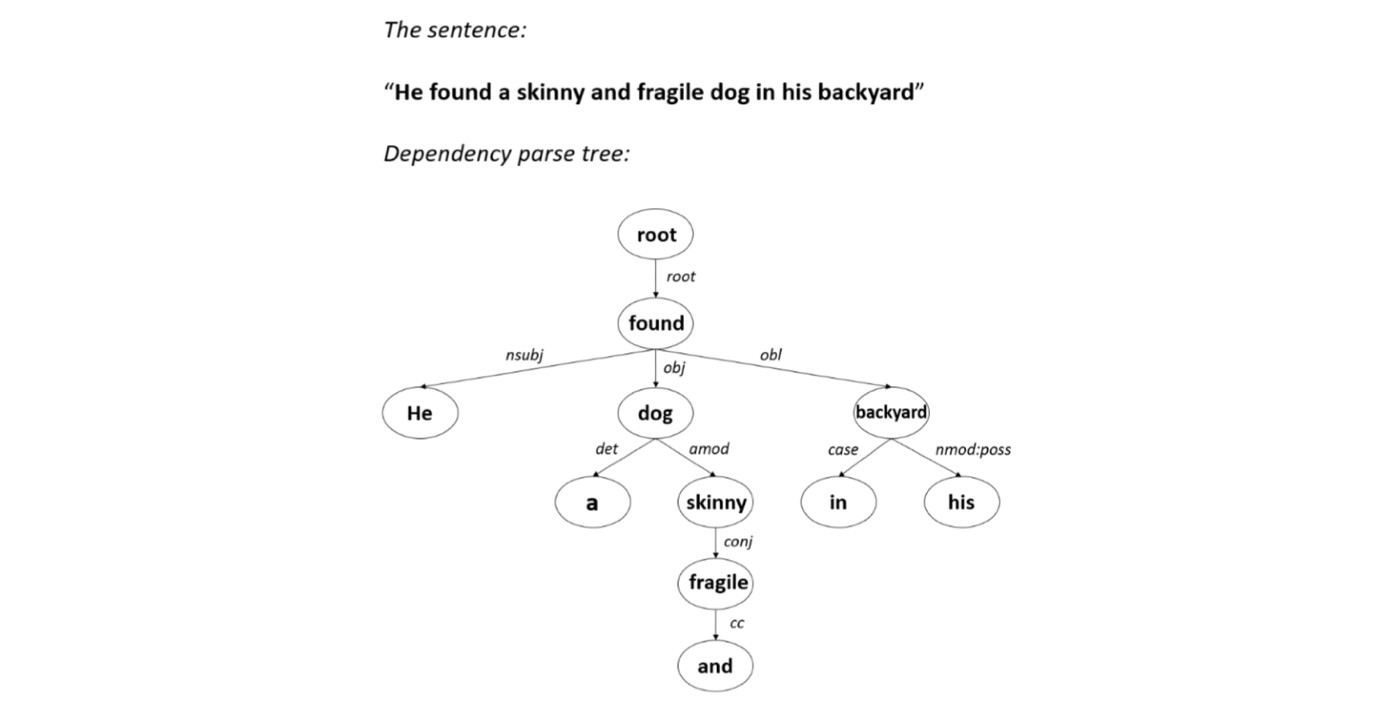Professor Kuo Appointed as EiC for APSIPA Trans. on Signal and Information Processing
MCL Director, Professor C.-C. Jay Kuo, has been appointed as the Editor-in-Chief for the APSIPA Transactions on Signal and Information Processing (ATSIP) by the APSIPA Board of Governors. His term starts from January 1, 2022, for two years.
ATSIP was established in 2014. This is the 9th year for the journal. Professor Antonio Ortega of the University of Southern California served as its inaugural EiC from 2014-2017 and Professor Tatsuya Kawahara of Kyoto University was its 2nd EiC from 2018-2021. Professor Kuo expressed his deep gratitude to both Professor Ortega and Professor Kawahara for their contributions in laying out an excellent foundation of the journal. The photo was taken on Dec. 19, 2019, when Professor Kuo and his wife visited Professor Tatsuya Kawahara at Kyoto University.
ATSIP is an open-access e-only journal in partnership with the NOW Publisher. It serves as an international forum for signal and information processing researchers across a broad spectrum of research, ranging from traditional modalities of signal processing to emerging areas where either (i) processing reaches higher semantic levels (e.g., from speech/image recognition to multimodal human behavior recognition) or (ii) processing is meant to extract information from datasets that are not traditionally considered signals (e.g., mining of Internet or sensor information). Papers published in ATSIP are indexed by Scopus, EI and ESCI, searchable on the Web of Science, and included in the IEEE Xplore database.

